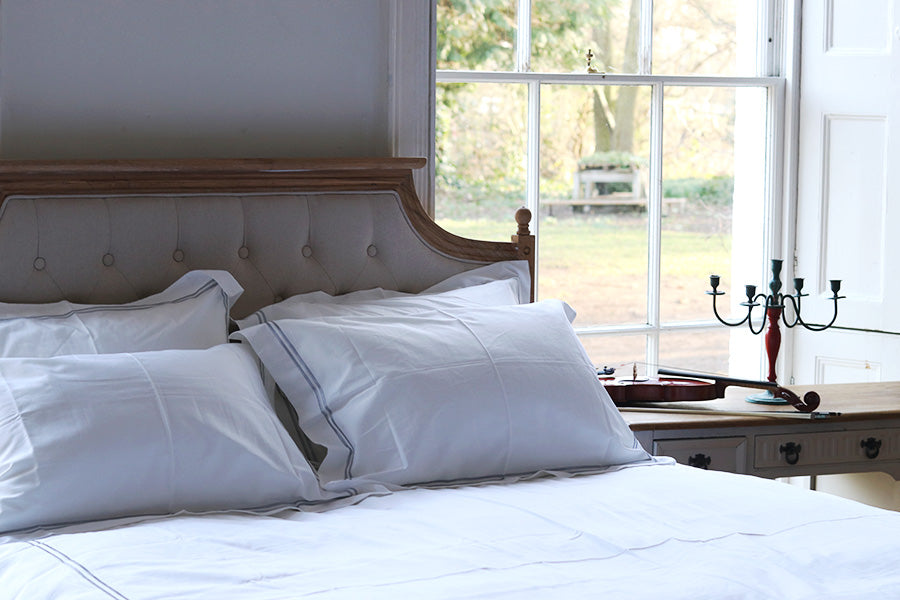
Sleep is a crucial contributing factor to our health and general sense of wellbeing and yet it receives less attention than other key determinants such as diet and exercise. And while we are normally very conscious about what we put in our bodies (our diet); what we put on our bodies, particularly our bedding, receives even less attention.
To choose the best bedding for a healthy and sound sleep here are three important factors to consider:
(1) Your bedding should be made with 100% natural fibres. Natural fibres (e.g. cotton, linen, wool) are more breathable than synthetic ones and yet still offer great insulation. For softness, breathability and durability it’s hard to top cotton for bedding and sleepware. Wool is ideal for duvets and pillows as it combines great insulating capability with breathability and due to its wicking properties moisture rapidly evaporates which is just the ticket on those sticky summer nights.
Dr Chris Murphy, co-founder Sleep Organic

